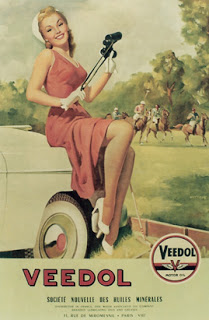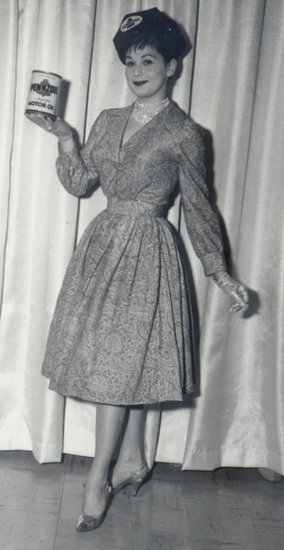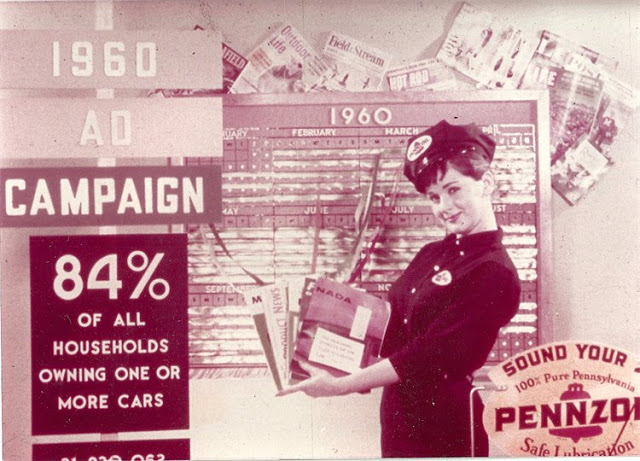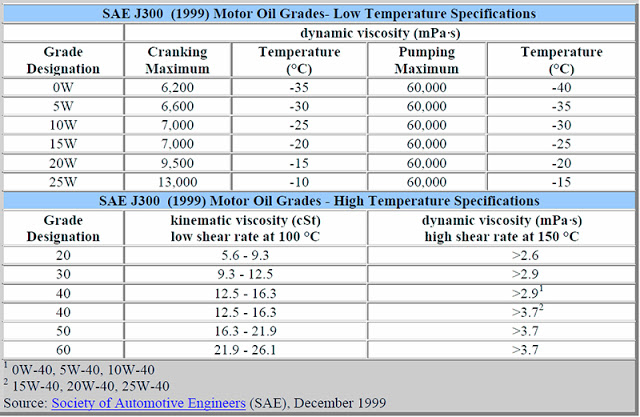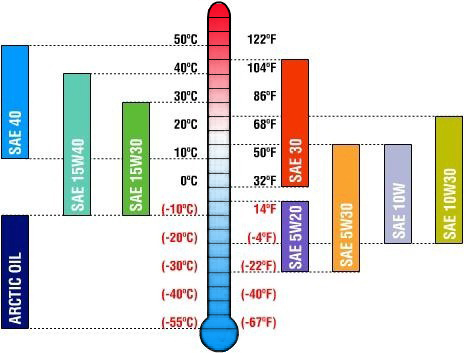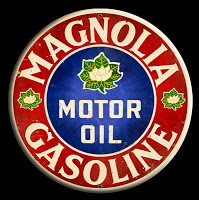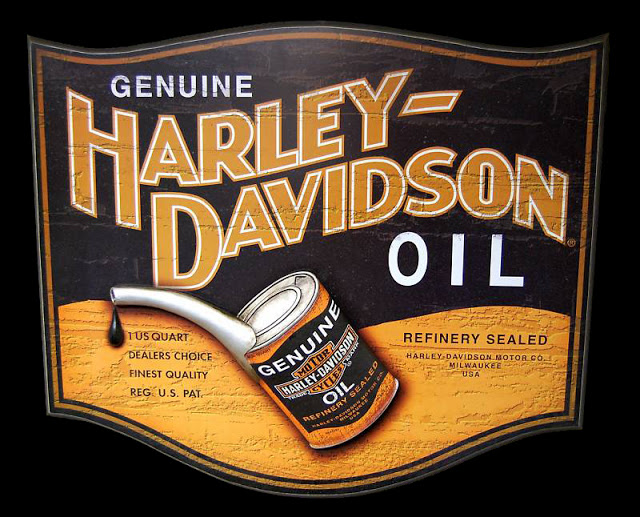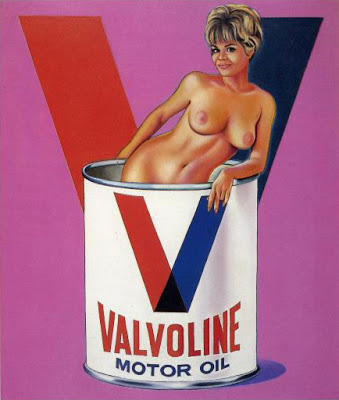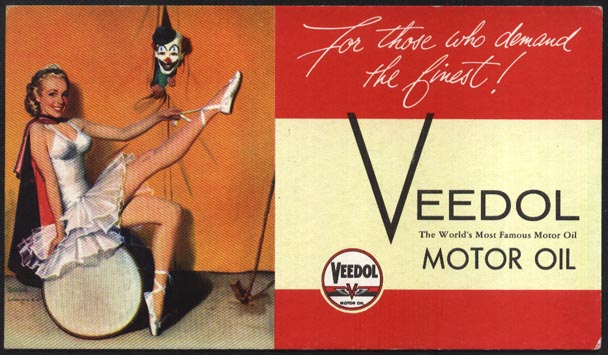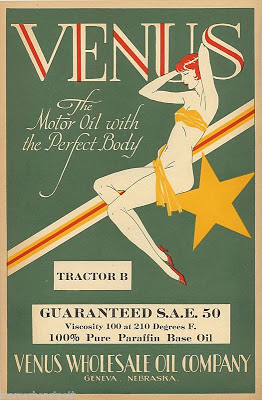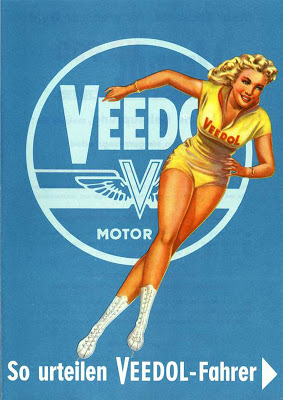I was gonna call this “facts vs. friction” but about 200 internet articles beat me to that. No such thing as an original idea anymore…
Two main components determine motor oil performance: the base oil and the chemical additives.
Base oils can generally be divided into two categories, mineral and synthetic.
Mineral oils are by-products of natural crude oil distillation, which is used to create gasoline and other products. This refining process reduces impurities but leaves the remaining chemical molecules in irregular shapes and sizes. Mineral oils break down faster during high-heat or heavy-load operation, partly because of impurities that can’t be removed in the refining process.
Mineral based motor oils are the cheapest and most widely available automotive oils.
Synthetic oils on the other hand are manmade compounds with evenly formed molecules; consequently synthetic oil has less friction. They also don’t have the impurities found in natural mineral oils so they can perform better at higher temperatures. They are of course much more expensive, but they have a longer service life and offer some improvements in protection.
Regardless of the base oil, chemical additives are used to give motor oil desired characteristics depending on its intended use. Typical additives can make up 15 – 25% of the lubricant and generally include such things as detergents, anti-foam agents, friction modifiers, viscosity modifiers, antioxidants and others. Additives can impact a lubricant’s performance much more than the base oil: i.e., a mineral based oil with a very good additive package can easily outperform synthetic oil with a poor additive package. A variety of aftermarket additives are also available for specialist applications.
Rules of thumb:
Got an older machine that belches smoke, needs a tuneup and drinks oil like gasoline? Don’t waste money on synthetics. Use cheaper mineral oils and look into aftermarket additives.
Got a nice newer model? Synthetics will reduce engine wear and possibly increase mileage. They’ll almost certainly increase the time between necessary oil changes.
Got a well tuned old machine that runs like a top and doesn’t burn oil? Synthetics will usually increase your engine life, but they may not be heavy enough for air cooled engines.
In the early 1900s automotive engineers expressed a desire to have “free exchange of ideas” in order to expand their individual technical knowledge base, and in 1904 the the Society of Automobile Engineers (SAE) was founded in New York City. Today SAE International publishes more than 1,600 technical standards used in the automotive industry, including motor oil classification standards.
Oil viscosity refers to how easily oil pours at a specified temperature; thinner oils flow more easily at low temperatures, and heavier, thicker oils are better for maintaining film strength and oil pressure at high temperatures and loads. The oil’s viscosity is defined mainly by the size of the molecules. The larger the molecule structures, the thicker, or higher, or heavier the viscosity. As mineral oil ages, the molecular size and structure changes and hence, the resulting changes in viscosity over the service life of the oil.
The viscosity rating of a motor oil is determined by a SAE laboratory: the oil is measured and given a number, which some people also refer to as the “weight” (thickness) of the oil. The lower the viscosity rating (or weight), the thinner the oil. Viscosity ratings for commonly used motor oils typically range from 0 up to 50.
Most oils are rated for multiple viscosities, i.e. 5W- 40.
The first number (in this case “5“) is the oils maximum low temperature dynamic viscosity based on cold cranking and pumping rates. This is not an absolute temperature reference, rather it’s a designation based on multiple tests: i.e., a rating of 5 infers that the oil will have maximum cold cranking viscosity no greater than 6,600 mPa’s at -30°c. and a maximum pumping viscosity of 60,000 mPa’s at -35°c.
Motor oils rated for dynamic viscosity have a “W” after the number, which simply designates that they are rated for Winter (cold weather) applications.
Common cold temperature ratings:
5W: – 30°c. / -22°f.
10W: – 20°c. / -4°f.
15W: – 10°c. / +14°f.
The second number (“40“) refers to the oil’s minimum high temperature viscosity rating based on its shear rates at 100°c. and 150°c. This standard specifies minimum hot temperature viscosities to ensure that the oil will exhibit proper lubricating properties under the pressures and temperatures of normal engine operating conditions. A 40 grade oil will have a kinematic (low shear) viscosity of no less than 12.5-16.3 cSt at 100°C and a dynamic (high shear) viscosity of no less than 2.9 mPa’s in the high pressure parts of an engine.
Some heavier oils are not rated for low temperatures, and simply have a single number which will refer to the high temperature viscosity.
Yeah, so am I and I just wrote all that crap. So here’s a standard temperature based scale for common automotive motor oils:
Don’t select a heavier oil in the mistaken belief it will provide better protection. Older machines were often designed for heavier oils, and high temperatures in air cooled engines may require something like a straight SAE 40. But most manufacturers currently specify light oil such as 5W-20: modern engines have incredibly tight clearances between parts and a heavier oil may not reach into these areas. The lighter oil also helps provide better fuel economy and decreases the load on pumping and circulating systems.
The American Petroleum Institute (API) sets another performance standard for lubricants, the API service classes which are divided into two general classifications; S for “service/spark ignition” (passenger cars and trucks using gasoline engines), and C for “commercial/compression ignition” (diesel equipment). Most engine oil sold in the USA has an API Service Symbol (also known as the “Donut”) somewhere on the container.
The API Service Category is based on your engine model year (among other things) and can be a useful guide when deciding what to use in your car or truck:
- SN: gasoline engines 2010 – current
- SL: gasoline engines 2004 – current
- SJ: gasoline engines made prior to 2001
- SH: gasoline engines made prior to 1996
- SG: gasoline engines made prior to 1993
There are some particular issues for motorcycle oil. Most modern bikes have wet clutches, which means the motor oil runs through the clutch; if the oil has too much molybdenum in it there are concerns by some manufacturers that the clutch can start slipping. If the donut” certification stamp on the back of a certified oil container says “energy conserving” in the bottom half, it contains the additives that could cause clutch slipping. Most 0w-20, 5w-30 and 10w-30 oils are energy conserving and should not be used in wet clutch motorcycles.
Also, most motorcycles run the engine oil through the transmission and those gears are tough on the oil’s VII (Viscosity Index Improver) additive package, causing the viscosity to break down prematurely. Standard car oils are only good for typically 1500 miles before they’ve lost about half of their viscosity. In particular 10w-40 oils contain a lot of VIIs and should be avoided, and you can’t use 10w-30 with a wet clutch because of the friction modifiers.
This doesn’t leave much: commercial 15w-40 oils are a reasonable choice because they have relatively few VIIs.
Some people only ride sporadically, which allows the oil to drain completely into the sump leaving the bearings dry. The first start after a long period of non-use can be particularly hard on an engine, so film strength is very important if you’re not starting the bike regularly. Synthetics have a much higher film strength than petroleum oils, so it takes a lot longer for the oil to drain completely off your bearings and into your sump.
There are several key advantages to using synthetic oils: synthetics typically don’t contain much of a VII package, so shear is not as big an issue. Also, synthetic oils have a higher viscosity index and better resistance to temperature related viscosity changes. They have little or no VIIs and last longer in service without radical changes in viscosity.
References:
Understanding the SAE Motor Oil Viscosity Standard
ACEA European Oil Sequences
All About Motor Oils
How To Pick The Right Motor Oil For Your Car (Popular Mechanics)
Engine Oils at the Car Bible


